
The Luoshu Museum: a treasure trove of Li cultural heritage
By / HICN / Updated:20:21,29-May-2023
The Luoshu Museum, located on W. Jiefang Rd. in Bashuo Town, Dongfang in western Hainan, contains the private collection of local resident Mr. Yang Wenliang. The museum focuses on cultural relics of Hainan’s Li Minority people, including many excellent examples of traditional Li clothing, tools, wood carvings, and more.
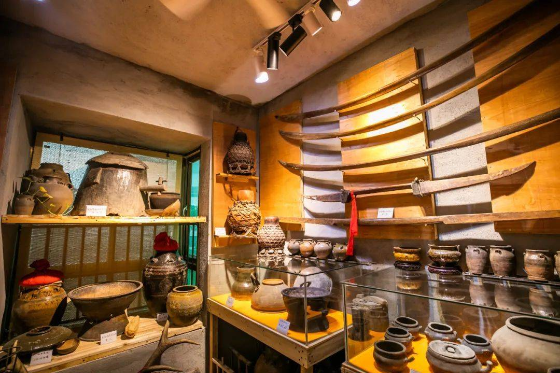
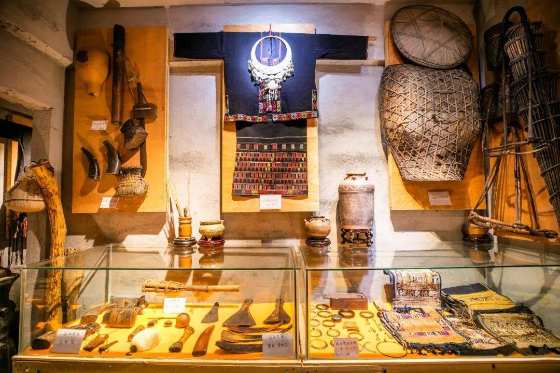
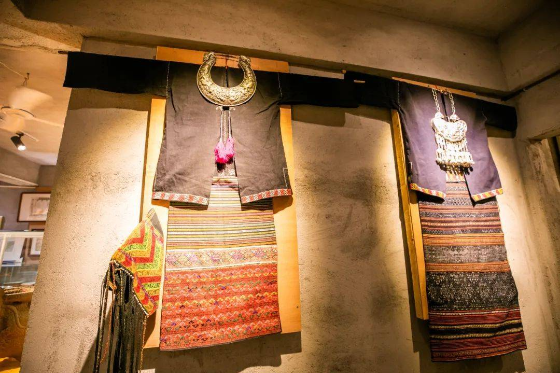

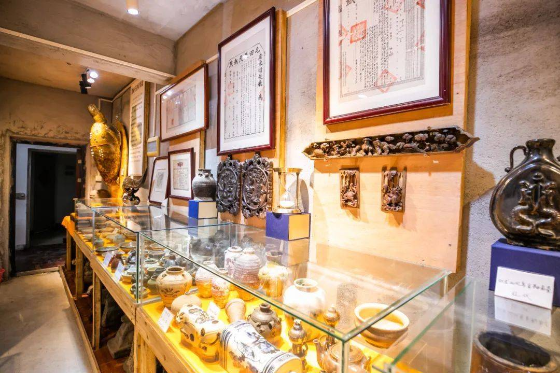
What is on display in the Luoshu Museum? Let’s take a look.

Traditional Li foot loom
Several thousand years ago, the ancestors of the Li people mastered spinning and weaving techniques, and have passed them down to the present generation. These ancient skills have been included on the national protected intangible cultural heritage list. Most of the patterns woven into Li Brocade come from the everyday lives of the Li, and express both the heartfelt love and great wisdom of the first people to live here in Hainan.
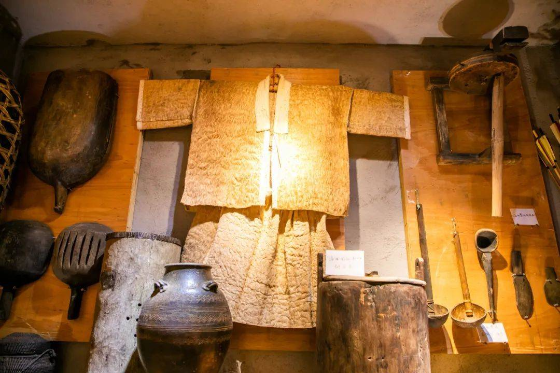
Tree-bark clothing
The sap of the Upas Tree (Antiaris toxicaria), is highly poisonous. The bark of the tree, which mainly grows in Hainan’s rainforest regions, is thick and wide, with long, durable fibers. The Li people once used this bark to make clothing, blankets, hats, rope, and other needed items.
The tree-bark clothing of the Li people can be traced all the way back to the late stone age. Making it is not only dangerous, but also quite complicated. The tree trunk must be cut into suitable lengths, and then beaten until the bark separates from the wood. The bark is beaten further, washed, dried in the sun, cut, and then sewn into clothing.

Dragon Quilt
As the geography in Dongfang is full of peaks and valleys, from a distance it resembles nine crouching dragons. In the time of the Western Han Dynasty (202 BC – 9 AD), it was called “Nine Dragon County”. In those years, there was a local custom that whenever there was a bumper harvest, the people would weave a Dragon Quilt to honor their ancestors. That tradition persisted through the Republic of China era (1912–1949).
There are still several ancient villages in Dongfang that include the Chinese word for dragon, which is “long”. These include the villages of Longwo, Longzuo, Longyou, Shuanglong, Xinlong, and Malong.

Li headscarves
Li headscarves are also on the national list of protected intangible cultural heritage. There are not many ancient Li headscarves still in existence, and those bearing written inscriptions are even more rare. Surviving headscarves have calligraphy in many different styles, including the well-organized regular script, flowing clerical script, and the free-form, wilder grass script. The characters are set off by borders of geometric patterns, resembling a carefully framed piece of ancient art.
In addition to these headscarves, there are many other cultural relics on display in the museum.
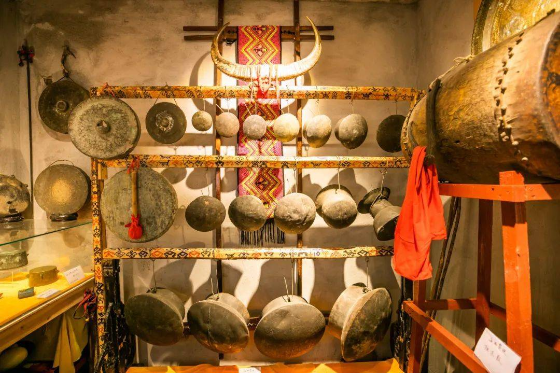
Li bronze kettles

Li wooden spinning wheels

Li Pottery

Li drum carved from a single piece of wood

Ancient Li pottery: Six-handled tortoiseshell glazed pot with six frogs
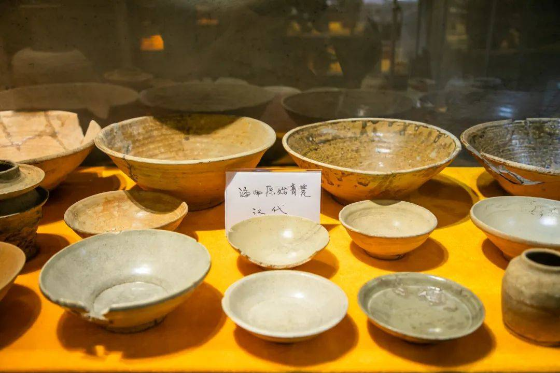
Early Hainan celadon pottery
Visit the museum in person to see even more fascinating artifacts!
(Photos: Dongfang Media Center, Luoshu Museum)
作者:Nicki Johnson
Discover

Boao Lecheng Reaps Further Cooperation at 8th CIIE in Shanghai
22:31,05-November-2025
Hainan Free Trade Port Attracts Investors from 176 Countries
21:55,05-November-2025
Decoding the Hainan FTP: Special Customs Operations
11:07,03-November-2025
Hainanese Diaspora to Meet in Penang to Renew Ties of Kinship
21:30,04-November-2025
Hainan Aims to Make a Strong Impression at 8th CIIE
21:23,04-November-2025
Hainan Exports First Batch of "Zero-Tariff" Coffee to Australia
21:57,03-November-2025










 thisishainan@163.com
thisishainan@163.com